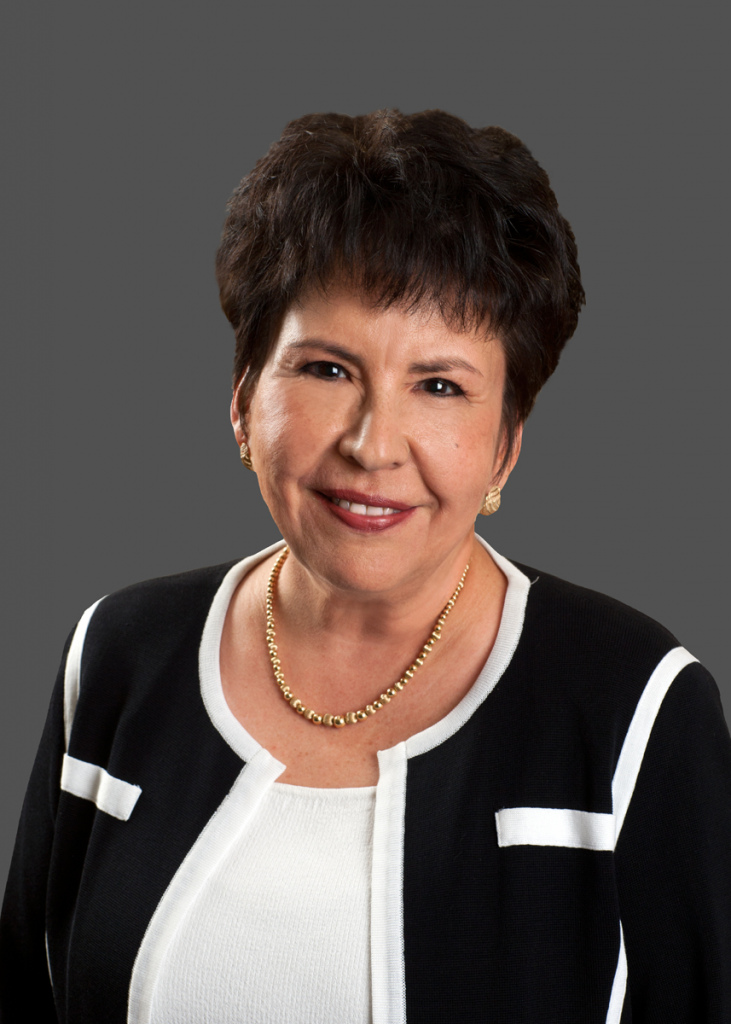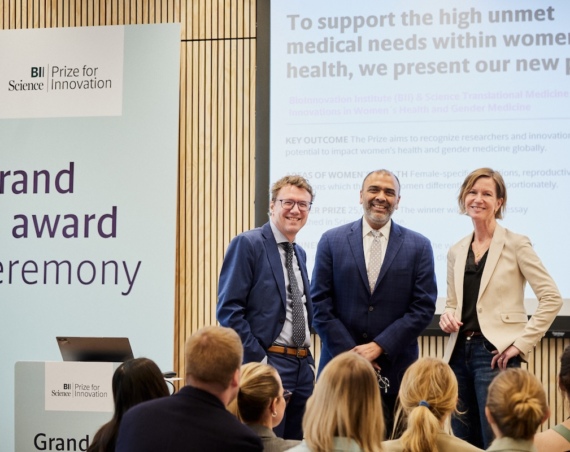Healthcare inequities in the United States based on race, ethnicity and many other factors are making minorities more prone to not only receive inadequate care, but ultimately it could lead to death. Dr. Maria Hernandez, President and COO of Impact4Health, explains how inadequate training and poor engagement with Black and Brown communities can prove fatal for hospitals—and how this trend could be reversed.

This pandemic has been disastrous for healthcare. However, it has presented an opportunity to drastically improve the healthcare industry. The societal challenges caused by COVID-19 and increased friction among communities of color presents an opportunity to drastically improve healthcare by addressing unconscious bias. The concept of unconscious bias—inherent social stereotypes about other people often based on race, ethnicity, gender, and economic status, among other factors—makes some defensive. However, Dr. Maria Hernandez says addressing unconscious bias in healthcare delivery can lead to much needed cultural shifts in medicine.
Given time and guidance, hospitals, physicians’ offices and public health organizations can engage diverse patients more insightfully by acknowledging the discord and distrust that bias provokes and recognize the link to health outcome inequities and poor patient outcomes. This opportunity for greater empathy and cultural awareness can foster much needed changes in patient encounters that link to better outcomes. .
“Everyone has unconscious bias. Some medical schools are beginning to touch upon this during training but that’s rare. The need for this training is now being designed by health systems across the nation and it’s about time,” explains Hernandez.
Physicians rationally feel they treat everybody the same and that this is basic to quality of care. Unfortunately treating everyone the same in healthcare can be deadly. That approach only works if every patient has the same background, resources and access to medical care. To realize health equity—achieving equal health outcomes for each patient—requires healthcare professionals to consider broader set of factors—culture, socioeconomic, and a patient’s level of social support to offer the right treatment.
Cultural misconceptions are pervasive in healthcare. One baseless belief contends people of color have a higher pain threshold, which often limits the frequency or dosage they receive for pain medication compared to whites. Women with heart disease are underdiagnosed—in part because of beliefs about how they respond to stress versus men.
Unconscious bias is at the core of institutionalized racism, intergenerational poverty, and geographic segregation. The effects are chilling. Emergency rooms turn away minorities more often than whites.(1) Black and brown women who go to a hospital to deliver have a higher mortality rate than white women(2) while black infants face twice the mortality rate of white infants.(3) Healthcare systems serving indigenous peoples are under-resourced, understaffed, and overburdened.(4)
What Can Be Done About It?
To help diminish unconscious bias, Impact4Health creates tools and trainings to help. This approach has been demonstrated in a variety of healthcare settings and can be implemented in stages.
The first step is identifying where problems exist in a healthcare system. The best way to identify “pain points” is to collect and analyze data. Data reveals disparity. Tracking healthcare metrics in the context of race, ethnicity, languages and other factors produces actionable intelligence to improve outcomes. That’s why Impact4Health developed the Inclusion Scorecard for Population Health, a free, customizable assessment that helps break the cycle of unconscious bias while meeting the goals of healthcare providers.
Next comes changing perspectives. Most effectively, cultural education can teach C-suite administrators the direct link between inclusion and better outcomes. In California, new legislation will require that doctors be trained on unconscious bias, a powerful initiative that could help improve health outcomes and patient engagement that improve outcomes and lower the cost of care . In short, a culture of inclusion in healthcare is a critical first step towards health equity.
Healthcare organizations can maintain their momentum in terms of diversity, health equity, health equality and inclusion by engaging its community. These efforts lead to an ongoing relationship that also helps provide health education that focuses on prevention of health problems.
“Achieving health equity is tremendously hard work, but it can be done,” says Hernandez. “It needs to be a priority on the frontlines, at the doctor’s office and in the board room. Those leaders who want to improve healthcare outcomes, augment their staff, and improve productivity by embracing inclusion and health equity have to be committed to the work, and it requires a sea change in our healthcare culture to get there.”



